Life As A Surfer
The Environmental Impact of Surfing: Part One – Introduction
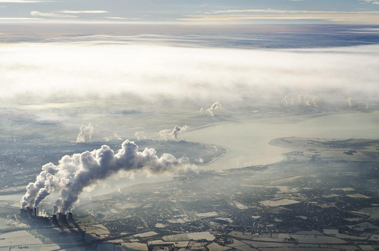 Mother Nature provides waves to surf, but how do surfers return the favor? This series of articles will discuss the highs and lows of surfing’s interaction with the environment.
Mother Nature provides waves to surf, but how do surfers return the favor? This series of articles will discuss the highs and lows of surfing’s interaction with the environment.
Most scientists agree that climate change exists. If you think climate change is a myth then consider my theory based on ‘Pascal’s Wager.’ I propose that its better to believe in the link between mankind’s carbon pollution and climate change so we can try to combat it now. Rather than to ignore it, and later find out that humans have caused climate change and that it is too late to do anything. The latter is the bigger gamble with graver consequences.
In my experience surfers are usually open minded to the idea that we, as humans, are affecting the climate through our carbon emissions. Due to surfing’s connection with nature, we have a vested interest in ensuring global warming doesn’t get out of hand. For example, rising sea levels will make that low tide reef you love work less often.
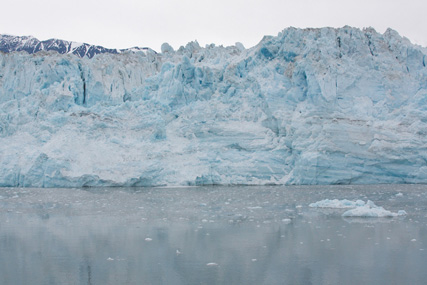 The IPCC (Intergovernmental Panel on Climate Change) shows the average rise in sea levels between 1993-2003 was 3.1mm/year and this rate seems to be increasing. That is a lot of water being added to the ocean from melting ice caps. To negate it, every human on earth would have to find someplace to store 119 gallons of water per day. Or we can proactively try and slow down Climate Change and the melting of the Polar ice caps.
The IPCC (Intergovernmental Panel on Climate Change) shows the average rise in sea levels between 1993-2003 was 3.1mm/year and this rate seems to be increasing. That is a lot of water being added to the ocean from melting ice caps. To negate it, every human on earth would have to find someplace to store 119 gallons of water per day. Or we can proactively try and slow down Climate Change and the melting of the Polar ice caps.
At the end of the day surfing is a luxury. If we reach a point where carbon spending is monitored and regulated, how will you prioritize a new surfboard compared to hot water or electricity for your house? As we become more carbon conscientious, our hobbies are going to have to become green or get left behind.
There is hope though. All of surfing's direct and indirect carbon emissions can be made more sustainable. What does that mean? It means “meeting the needs of the present without compromising the ability of future generations to meet their own needs.”
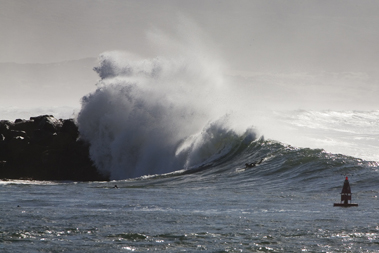 In real terms it means making products using clean low carbon renewable energy. It means using natural materials that are grown in an environmentally sensitive way. It means recycling and reusing anything we can. It means optimizing manufacturing process to reduce waste and indirect environmental damage. There are so many little changes that we, as surfers, can make to be greener within our sport. The first step is becoming aware of when and how our carbon footprint is being created so we can proactively try to reduce it.
In real terms it means making products using clean low carbon renewable energy. It means using natural materials that are grown in an environmentally sensitive way. It means recycling and reusing anything we can. It means optimizing manufacturing process to reduce waste and indirect environmental damage. There are so many little changes that we, as surfers, can make to be greener within our sport. The first step is becoming aware of when and how our carbon footprint is being created so we can proactively try to reduce it.
The following articles will discuss the carbon footprint of surfboards and surf travel and how to reduce surfing’s impact on the planet. We will look at how, when and why surfers are causing environmental damage. By understanding the interaction between surfers and the environment steps can be taken to reverse the negative effects of surfing and to praise the positive impact being made by many surfers and surf companies.
Rick Lomax BSc Hons and AIEMA
During his Surf Science degree Rick started looking at the carbon footprint of surfboards and compared the performance of sustainable plant based surfboards to traditional materials. He has since developed the Surfboard Carbon CalculatorTM and launched Decarbonated Consultancy a company on a mission to make the extreme sports industry environmentally sound. He has presented his expert knowledge on Bio-based surfboards and Surfboard Life Cycle Analysisat the InCrops; Bio-Sports conference 2010 and the Regional Studies Association SW Annual conference 2010.



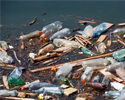


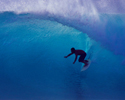




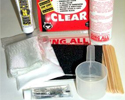



0 Comments